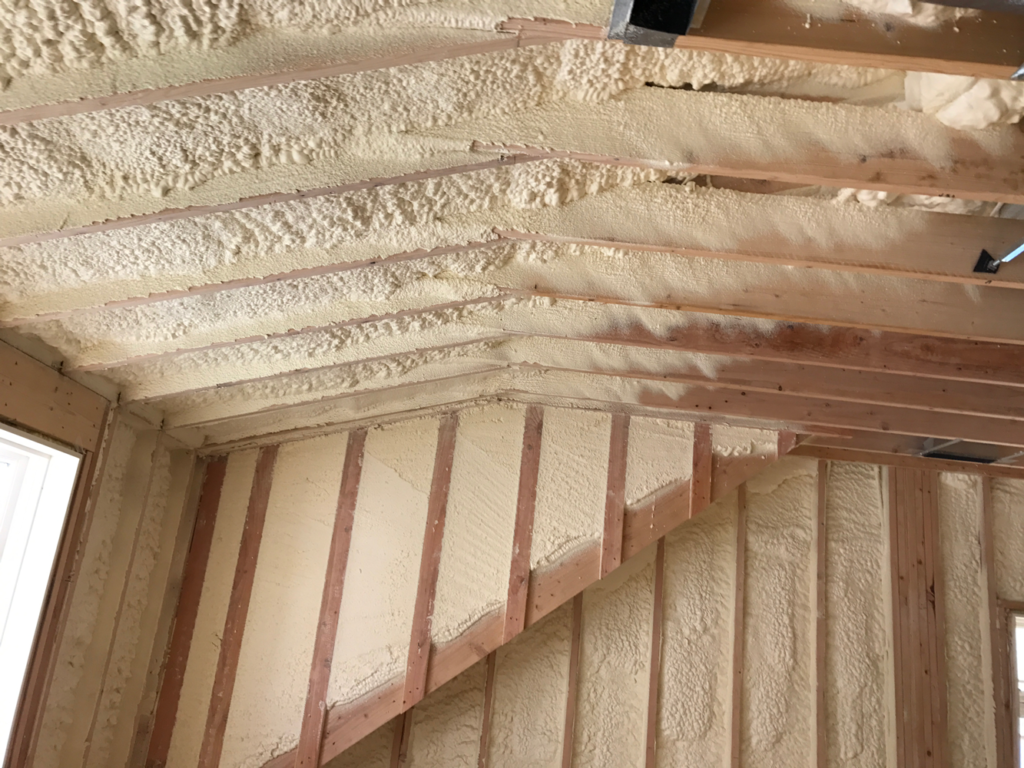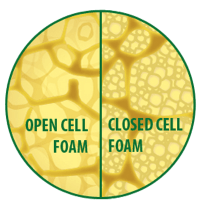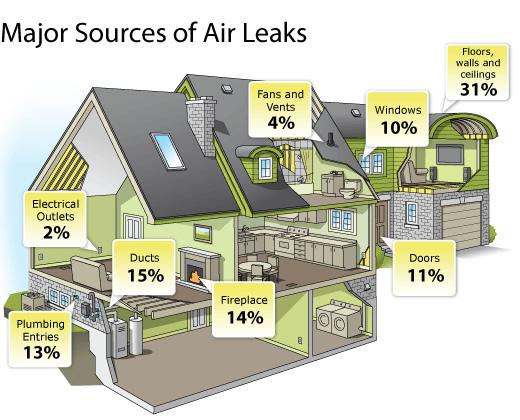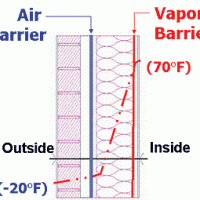Servicing The Greater Philadelphia Area
CALL: 484-442-0855 | EMAIL: info@envelopegroupco.com

Spray foam insulation installed by Envelope Group is a premium product that pays for itself quickly. You may be able to reduce the size of your heating and cooling equipment, saving installation or replacements costs.
By air sealing your home, you can help block pollutants that can affect your health. Dust and dirt, mold and moisture, radon, exhaust fumes, and carbon monoxide are reduced to keep your home and air clean.
Create a cocoon effect by air sealing your home with spray foam insulation. Seal between heated/cooled living spaces and unconditioned spaces, to maintain even temperatures throughout your home.
Spray foam insulation can help your home last a long time. Some Spray Foam options can offer extra structural stability to your walls which can’t be achieved using traditional forms of insulation.


R-value only measures how well insulation resists heat movement through the insulation material (called conductive heat flow). It doesn’t take into account how well the material stops heat movement from convection, carried in the air. Air leakage can cause up to half of your home’s energy loss.
R-value doesn’t measure air flow through a material, so without air sealing your home could lose a lot of heated or cooled air. Spray foam insulation seals your home as well as providing an effective R-value.
Did you know 93% of conductive heat flow is already stopped by R-12 insulation? Upgrading from R-12 to R-40 reduces conductive heat flow by only another 5%. If you use very high R-value fiberglass or very high R-value cellulose, you may still get high heating and cooling costs. Spray foam insulation can provide a high enough R-value plus offering air sealing to maximize comfort and minimize your energy bills.

If the spray foam insulation is used in any part of your home used as a living space, it should have a thermal barrier that has been tested and approved for use with the spray foam. Thermal barriers are designed to protect against direct fire damage to spray foam adjacent to living areas for at least 15 minutes. A thermal barrier might be a material such sheet rock, plywood or particleboard, or a painted-on fire proof coating.
If the spray foam insulation is used in any unoccupied part of your home, such as an unoccupied attic or crawl space, it should have an ignition barrier that has been tested and approved for use with the spray foam. An ignition barrier is a fire protective coating designed to inhibit or prevent the start and spread of fire from a spark or direct heat on the spray foam surface. Ignition barriers are usually spray-on or brush-on coatings.
If you’re using an open-cell spray foam insulation in a cold climate, you’re usually required to have a vapor barrier or vapor diffusion retarder on the interior (warm in the winter) side of the insulation. This blocks moisture movement from inside your house to the outside, where it may condense and freeze. Vapor barriers / vapor diffusion retarders are typically membranes (plastic sheets) or brush-on coatings.
Closed-cell spray foam insulation typically doesn’t require a vapor barrier or vapor diffusion retarder.
If you’re using an open-cell spray foam insulation in a hot and humid climate you?re usually required to have a vapor barrier or vapor diffusion retarder on the exterior side of the insulation. This blocks moisture movement from outside your house to the inside, where it can cause mold and increase the amount of energy you need to cool your home. Vapor barriers / vapor diffusion retarders are typically membranes (plastic sheets) or brush-on coatings.
Closed-cell spray foam insulation typically doesn’t require a vapor barrier or vapor diffusion retarder.
Vapor barriers or vapor diffusion retarders aren’t generally required in hot and dry climates.

Servicing Southeast PA, Delaware & NJ Since 2011
PA HIC #: PA080729 | NJ HIC #: 13VH07062300
The Envelope Group is your local expert on creating a comfortable and energy-efficient building envelope for all of your commercial and residential needs. The Envelope Group helps homeowners, builders, and architects to appreciate the multiple benefits of a better building envelope in homes and businesses.
© Copyright Envelope Group Co, LLC. All right reserved. | WEBSITE CREDIT